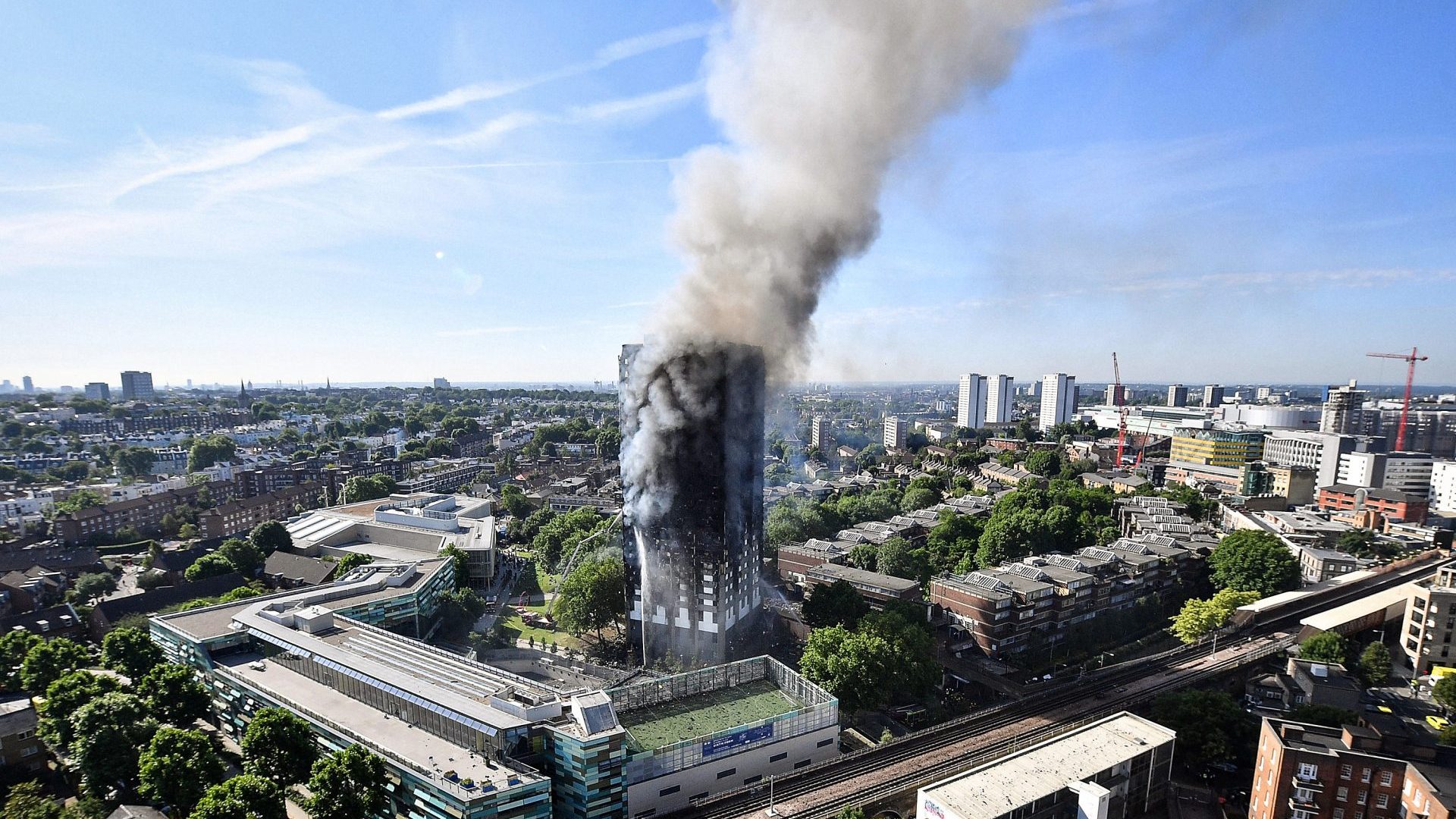“Sir W Batten not knowing how to remove his wine, did dig a pit in the garden, and laid it in there… And in the evening Sir W Pen and I did dig another, and put our wine in it; and I my Parmazan cheese, as well as my wine and some other things.”
– Samuel Pepys’s diary: Tuesday September 4, 1666.
One victim of the Great Fire of London was a French watchmaker called Robert Hubert. He claimed to have started the fire with a roving gang of foreign miscreants, but later denied any involvement. He was eventually hanged at Tyburn for his crimes, though it was later discovered he was on a boat in the North Sea at the time the fire broke out.
Almost as soon as the Great Fire began, scapegoats were sought. These were mainly foreigners: the French, the Dutch, Catholics and refugees. These groups, plus the homeless, were encouraged to leave London as the fire spread, and not return.
But the rebuilding of the city, which led to fraught, familiar disagreements among members of the planning committee, actually attracted even more people, including many migrants, into London and the population swelled. And, eventually, Samuel Pepys did dig his cheese up.
“In disaster management, one of our great comforts is historic comparison,” Lucy Easthope tells me. “It’s also our greatest frustration.”
Suggested Reading

Will audiobooks kill reading?
Lucy has witnessed things that none of us would ever want to experience. She’s one of the world’s most experienced and renowned disaster and emergency planning specialists, who helped in the recovery efforts after the September 11 attacks, the 7/7 bombings, the 2004 Indian Ocean earthquake, the 2011 Fukushima nuclear disaster, the Grenfell Tower fire and many more.
Her experiences led to a memoir, When the Dust Settles, where she highlighted the lessons learned and the mistakes made as various tragic incidents unfolded, interwoven with deeply personal stories. She examined how you can possibly switch off when you come face to face with horrors on this scale and the toll it took on her health and her family life, all shared with an exceptional degree of warmth and wisdom.
The book garnered critical acclaim and bestselling sales figures, but there was also an unexpected reaction to it. “At the literary festivals,” Lucy explains, “people were less interested in the writing process, or in me, and were much more interested in how we get through. I remember just answering people’s different conundrums for ages.”
Picture a disaster recovery expert, and you might imagine some sort of daredevil, risk-taker like Red Adair, the legendary oil-well firefighter. But Lucy, and her colleagues in the catastrophe planning world, are methodical, responsive, steadfast and overwhelmingly humane.
Lucy’s humour and understanding shine through when you meet her, and this has led to readers and audiences promoting her to the position of a sort of all-encompassing agony aunt for those of us baffled and overwhelmed by the world in general and in desperate need of solutions.
“Probably the most common question I get at the moment is: ‘What’s coming over the horizon so I can be ready?’. People are really worried,” she says.
This need for answers led to Lucy’s new book, Come What May: Life-Changing Lessons for Coping with Crisis, where she takes her many years in the disaster business and couples it with coping mechanisms for an increasingly confusing world.
“The amount of help people need at the moment is infinite,” she told me. “So I think that one of the things that you get from Come What May is that it’s not information that I happened upon, it’s information that’s been schooled into me by social workers and doctors and teachers.”
The information is corralled into 10 lessons, in which Lucy reflects on a series of life-changing incidents, (the Amatrice earthquake in Italy, the Salisbury Novichok poisonings, the Marchioness boat disaster and many others), and explains how the reaction to these tragedies can provide insights that can be used more widely. The inevitable slump that hits an affected community, the misguided hope (the author calls it “Hopium”) that things will miraculously return to how they were, the desperate feeling of nostalgia from something that no longer exists (the Welsh word hiraeth perfectly encapsulates this), all disasters chart similar paths.
The book provides guidance on both what you can expect in the days, weeks, months and years after a disaster (of any size) and how to prepare and respond. She also shares her own response to deeply personal tragedies, such as the death of her father, a huge influence on her life.
Her career in disaster recovery was inspired by sitting beside him as a child, watching the 1989 Hillsborough disaster unfold on television and seeing him shout: “Someone needs to sort this!” She decided to be that person.
“What’s been really nice is the feedback, how people have used the advice,” she says. “I’m probably getting 40 messages a week about how people are using it.”
As a disaster responder, Lucy often has to dispense harsh realities and unpalatable information. In a chapter entitled “Holding Two Truths”, she discusses how, in disaster response, it’s vital not to consider any situation in black and white – a far cry from the binary nature of current online discourse. This equivocation of complex events can be easily manipulated by provocateurs and bad actors, determined to create chaos.
As Lucy states in the book: “Four years is about the right amount of time after chronic disaster to foment the conditions needed for an overboil…”
I asked her if she felt the current aggression we are seeing on streets around the country can be traced back to a disaster that affected us all, the Covid pandemic?
“I think it will be years before we can kind of articulate what happened to us,” she told me. “We are still inside something. And we will continue to grieve and bereave for a much longer time than we want to admit. One of the things people are saying to me is, ‘I feel very guilty about even enjoying myself.’ So I think that we haven’t done the reckoning for the pandemic, we haven’t done that historical reckoning.”
In terms of historical reckoning, I ask her if I’m allowed to take comfort from reports of the Great Fire of London and the finger-pointing and confusion that accompanied it (which she writes about in Come What May).
“You are,” she reassures me. “How we made decisions about sheltering are just so similar, between the Great Fire of London and Grenfell, it’s just insane. And that would be my biggest plea really, that people interest themselves in what disasters tell us, much more than what the good times tell us, I think that would be a really important lesson from this.”
“But there’s hope, measured sensible hope, and that’s what I’d learned people needed.” Wise words indeed.
Come What May is out now, published by Hodder Press.
Dale Shaw is a television and radio writer, journalist, fiction writer, performer and musician



